
Russian armored units, once the symbol of the spear of Moscow’s attacking power, are coming to meet their demise in Ukrainian drone strikes. The foiled Russian breakthrough near Kostyantynivka in the Donetsk region earlier this month shows how battlefield tech, strategic terrain, and joint defense can put paid to an attack. This was no one-off fracas it was a confrontation near one of Ukraine’s most vital defense hubs, within the belt of fortresses that protects enormous swaths of territory from deeper penetration.
The fight gives a glimpse into the shifting war dynamics. The Ukrainian forces use unmanned systems to integrate with layered defense, exploit terrain features, and counter Russian armor and tactic adaptations. The fight highlights to military observers the influence of logistics, weather, and joint operations in the war outcome along the eastern front.
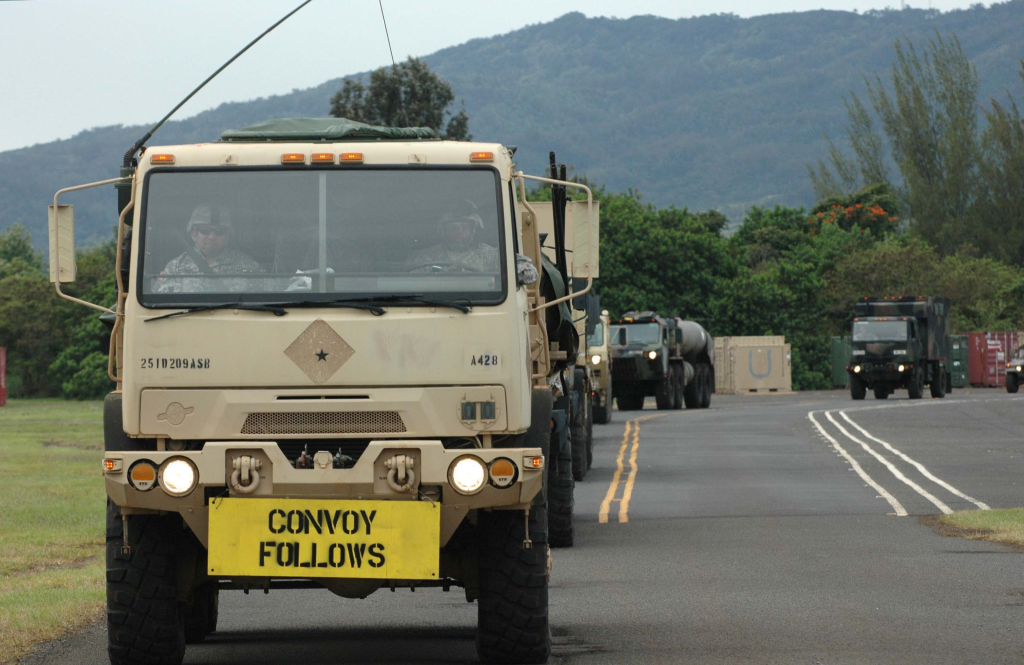
1. The Place of Kostyantynivka in the System of
It is not one of the frontline cities, but rather a southern anchor within Ukraine’s 50-kilometer long belt of fortifications connecting Slovyansk to Druzhkivka. This belt, built since 2014, is fortified with bunkers, minefields, tank traps, and city strongpoints. Proximity to the H-20 highway facilitates easy resupply as well as the swift relocation of troops, with the heavy urbanization limiting the assailant’s maneuver room.
Russian control of approximately 70% of the region of Donetsk Oblast renders the belt’s defense crucial. As the Institute for the Study of War pointed out, the loss of it would leave exposed open steppe to Russian advances, possibly facilitating a push to the Dnipro River. Such strategic arithmetic accounts for why Moscow’s summer 2025 campaign attacked Kostyantynivka even though it had refused to surround the belt over and over.

2. Russian Attack Plan and Heavy Armor Utilization
The Oct. 6 raid tried to utilize deteriorating weather, as Russian forces have done to reduce Ukrainian drones. The attacking force brought tanks, infantry fighting vehicles, armored personnel carriers, and MT-LBs to bring a mechanized punch to try to get through Ukrainian lines.
This “tank fist” tactic, as Ukrainian officers in other regions described it, brought together specialized lead tanks with electronic warfare and mine equipment, followed by armored columns and infantry on bikes or jeeps. The idea is to blast a hole in defenses and pour through with swift troops. The tactic broke down almost at once in Kostyantynivka, though, under precision fire.

3. The Drone-Based Countermeasures of the
The Unmanned System Forces of the Ukraine’s Phoenix Regiment made the crucial difference. The first-person view (FPV) drones used to strike Russian armor during the assembly phase broke momentum before the attack could start. The heavy bomber drones in later waves attacked stranded vehicles in open ground.

Militarnyi reported verified destruction of one tank, two infantry fighting vehicles, one APC, with several other armored vehicles damaged. An enemy artillery piece that shelled the advance had also been found and destroyed. The maneuvers represent Ukraine’s doctrine of integrating reconnaissance drones with strike drones to cause losses prior to close contact.
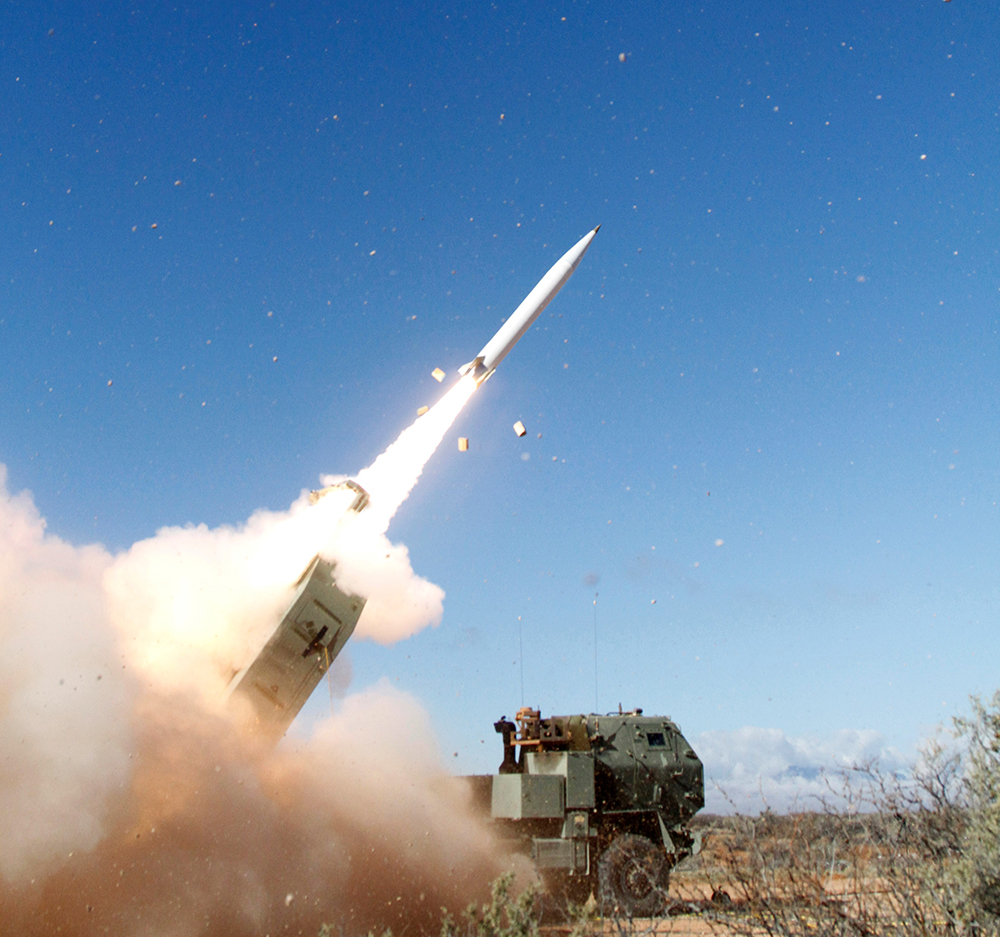
4. Integration with Drone Wall Strategies
Ukraine’s broader drone wall strategy was evident in Kostyantynivka. Developed after artillery shortages in 2024, it uses drones to create deep defensive corridors, making it difficult for attackers to mass forces. FPV drones complement artillery by chasing targets into cover, while bomber drones deliver precision strikes on armor and fortifications. This multi-layered strategy has necessitated a Russian adaptation, with greater use of small raid forces and non-conventional transportation. However, in this fight, with even the weather conditions aiming to inhibit the use of drones, Ukrainian operators had effective coverage to maintain, highlighting the robustness of the system.

5. Russian Vulnerabilities to FPV and Bomber Drones
In spite of efforts to harden vehicles with improvised armored plating along with electronic warfare suites, the Russian troops remain highly susceptible to FPV strikes. Fiber optic–controlled unmanned drones that are jamming-proof have pushed Ukrainian reach to up to 20 kilometers away from the front lines, destroying assembly areas as well as logistics lines.
In the case of Kostyantynivka, inability to negate Ukrainian drones made armor assets vulnerable from the point that they entered the battlespace. The loss of some vehicles before achieving any breakthrough serves to illustrate the growing price of mechanized assaults in this environment.
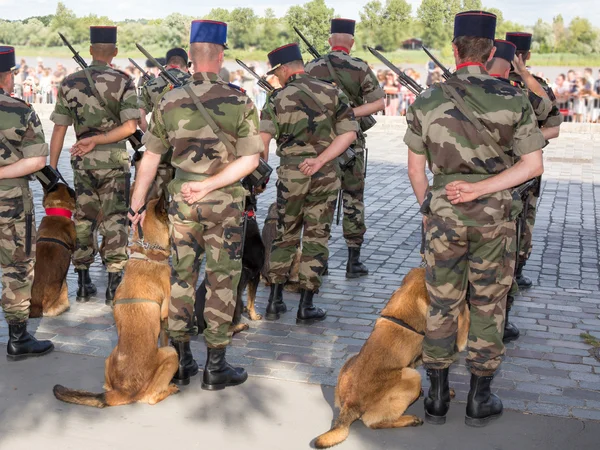
6. Importance of Collective Defense Action
Ukrainian unit reports point out that the assault was foiled as a result of combined efforts. Border Guard Brigade forces, armored infantry, and unmanned systems crews operated from the same command node, allowing swift acquisition of targets and permission to strike.
Those combined forces reflect Ukraine’s corps-level reorganization in early 2025 to tighten command and control between operational groups and brigades. There, combined action made certain that every step of the Russian advance encountered sudden resistance.
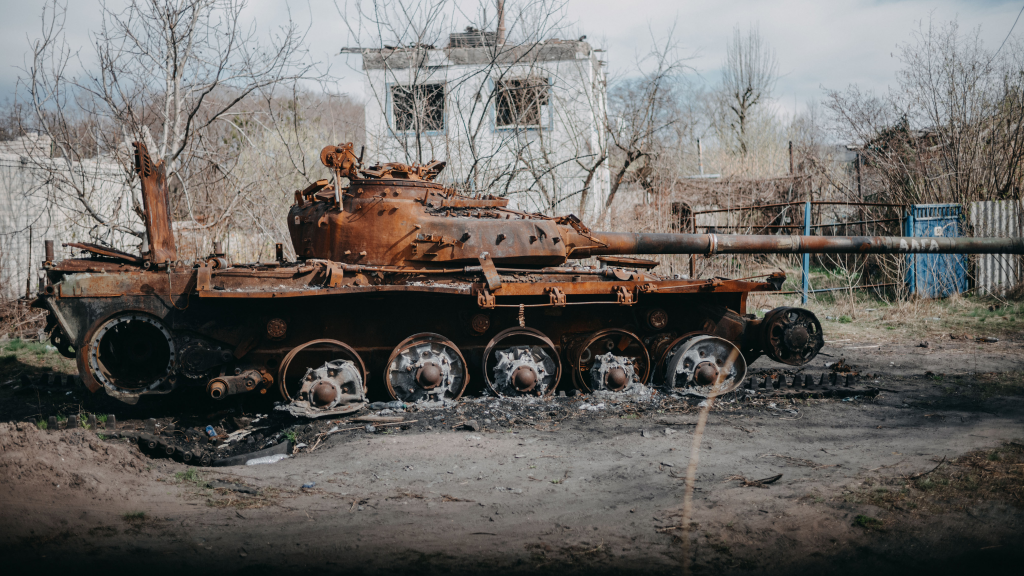
7. The Strategic Consequences of the Failed Breakthrough
The Phoenix Regiment reported the environment around Kostyantynivka to be fully in Ukrainian hands. The failure for Russia illustrates the challenges in delimiting the belt of fortresses without years of attritional advances. The success for Ukraine supports investment in unmanned platforms, fortifications, and combined defense.
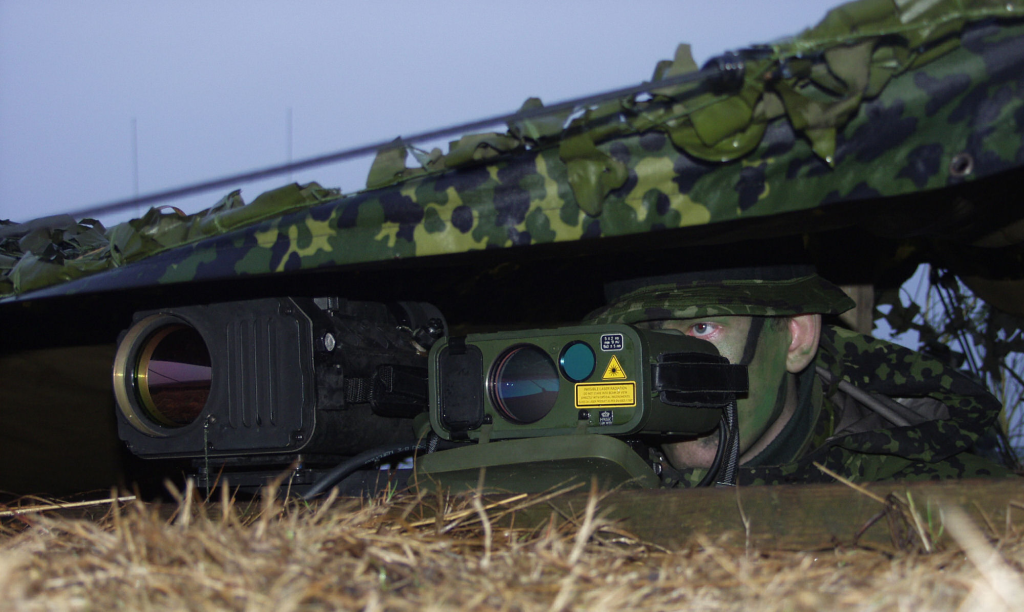
With Putin’s conditions in peace negotiations remaining the surrender of all of Donetsk Oblast, failure to capture Kostyantynivka militarily bolsters Kyiv’s bargaining position. It also sends the message to supporters that investment in continued drone manufacture as well as defences can achieve specific battlefield successes. The battle around Kostyantynivka is a microcosm of the war in this current phase where preparation, coordination, and hi-tech prevail over numbers. The Russians attempted a breakout with armor under the cover of the inclement weather, but prepared positions and drone-directed defenses of Ukraine rendered the outcome a high-cost failure. As both sides refine their tactics, the belt of fortresses remains a testing ground that will give shape to strategies that will define the war over the coming years.


